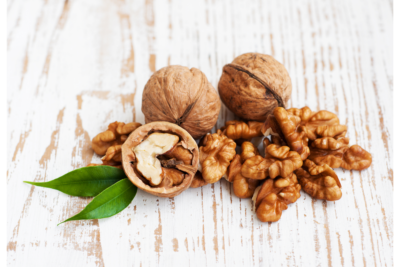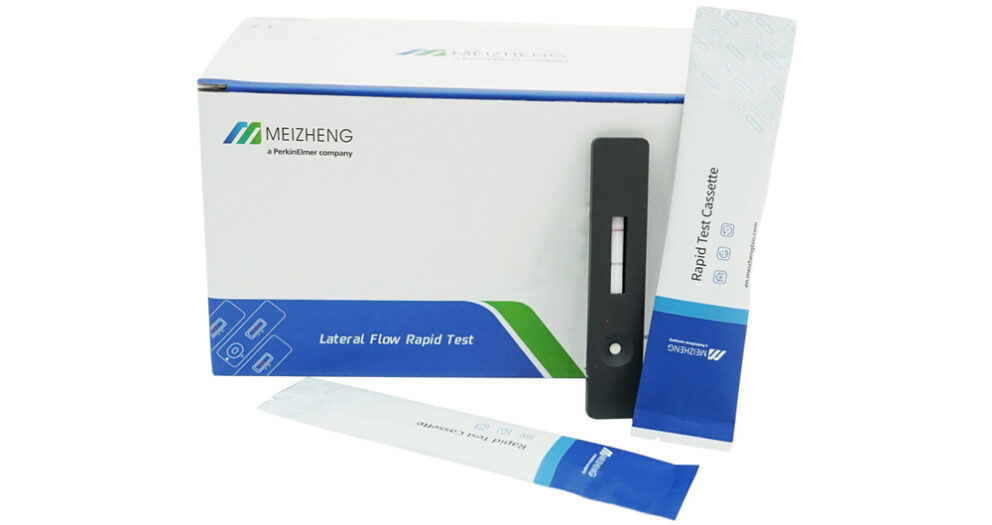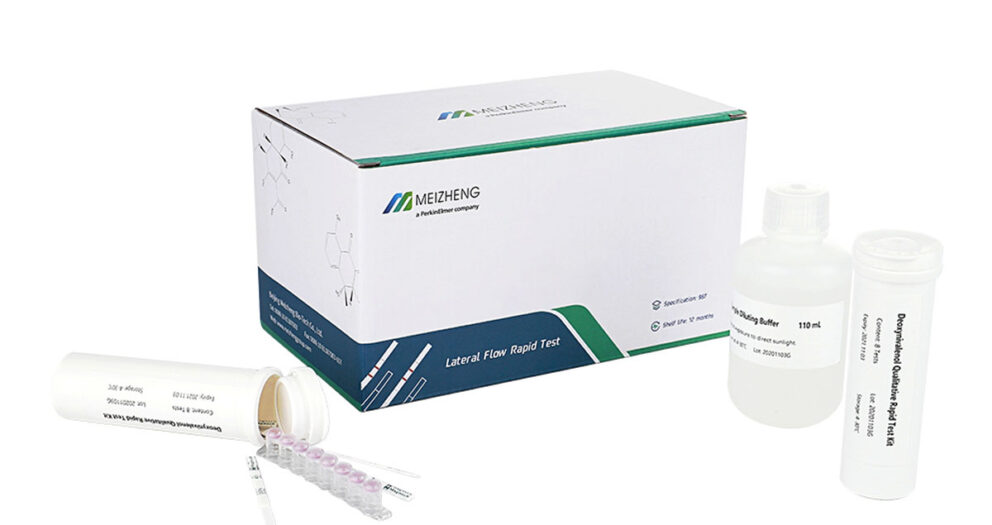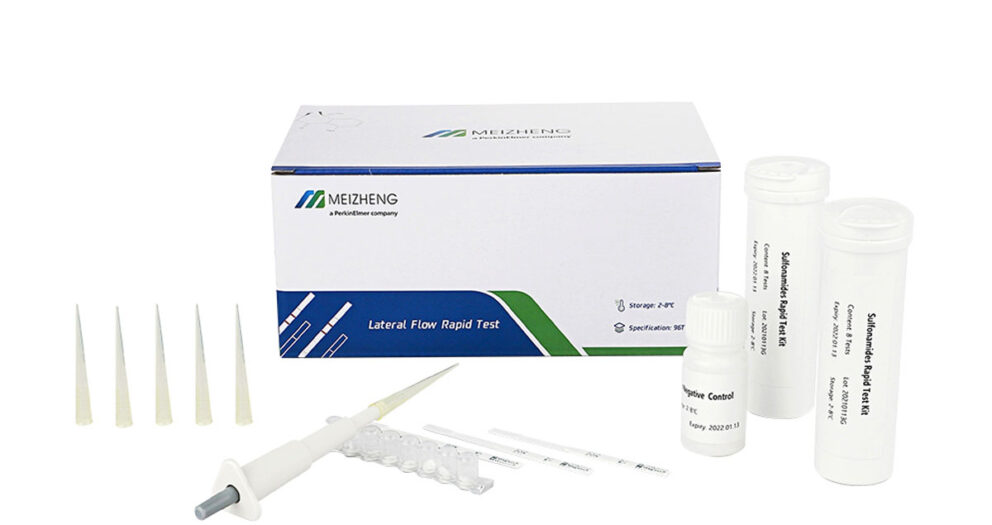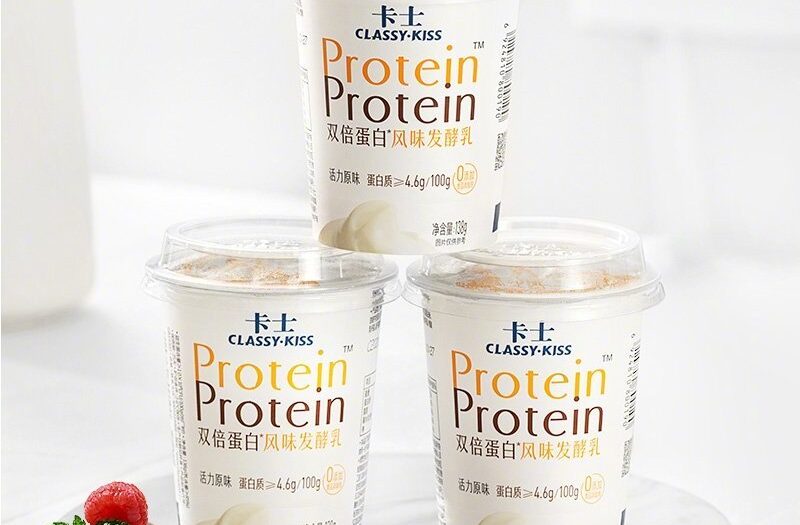At present, many unscrupulous traders use bleaching agents for soaking food. For example, soaking bean sprouts and mushrooms in bleaching agents and preservatives can make wild mushrooms look fresher and attract consumers to buy. Even in the production of lo-mei, harmful substances such as hydrogen peroxide are added to make the lo-mei products bright in color, beautiful and delicious; or lotus root is placed in oxalic acid for whitening, which seriously endangers the health of consumers.
Sulfite is the most commonly used food bleaching agent in my country. At present, my country’s “Hygienic Standard for the Use of Food Additives” GB/T2760-2014 has clearly stipulated the amount and scope of use of nitrite, and the use of sulfur is prohibited. Bleaching or preservation other than fumigation. However, sulfur dioxide is easily produced after sulfur fumigation, which seriously endangers the health of consumers.
(1) Pararosaniline hydrochloride method. At present, the total amount of free sulfite and sulfite in food is mainly detected by pararosaniline hydrochloride method. The detection principle of pararosaniline hydrochloride method is complex colorimetry. This detection method is widely used, but because the detection method uses the highly toxic reagent sodium tetrachloromercury in the detection process, it is very easy to cause harm to people and the environment. Moreover, the sulfur dioxide standard solution used in the detection process is unstable, and its concentration gradually decreases with the storage time.
Therefore, in order to reduce the error size of the detection results, the current configuration must be used in the detection process, so as not to affect the accuracy, sensitivity, and uncertainty of the detection, and to ensure the high accuracy of the detection results. In addition, some foods may have interfering substances, which interfere with the complexation reaction and lead to false positives.
(2) In addition to the pararosaniline hydrochloride method, the method for detecting the total amount of sulfite can also be carried out by adopting distillation-iodometric method, gravimetric method, ion chromatography, high performance liquid chromatography, electrochemical chromatography, and enzyme catalysis. method, etc., to detect the total amount of sulfites.
View more food ELISA test kits.


